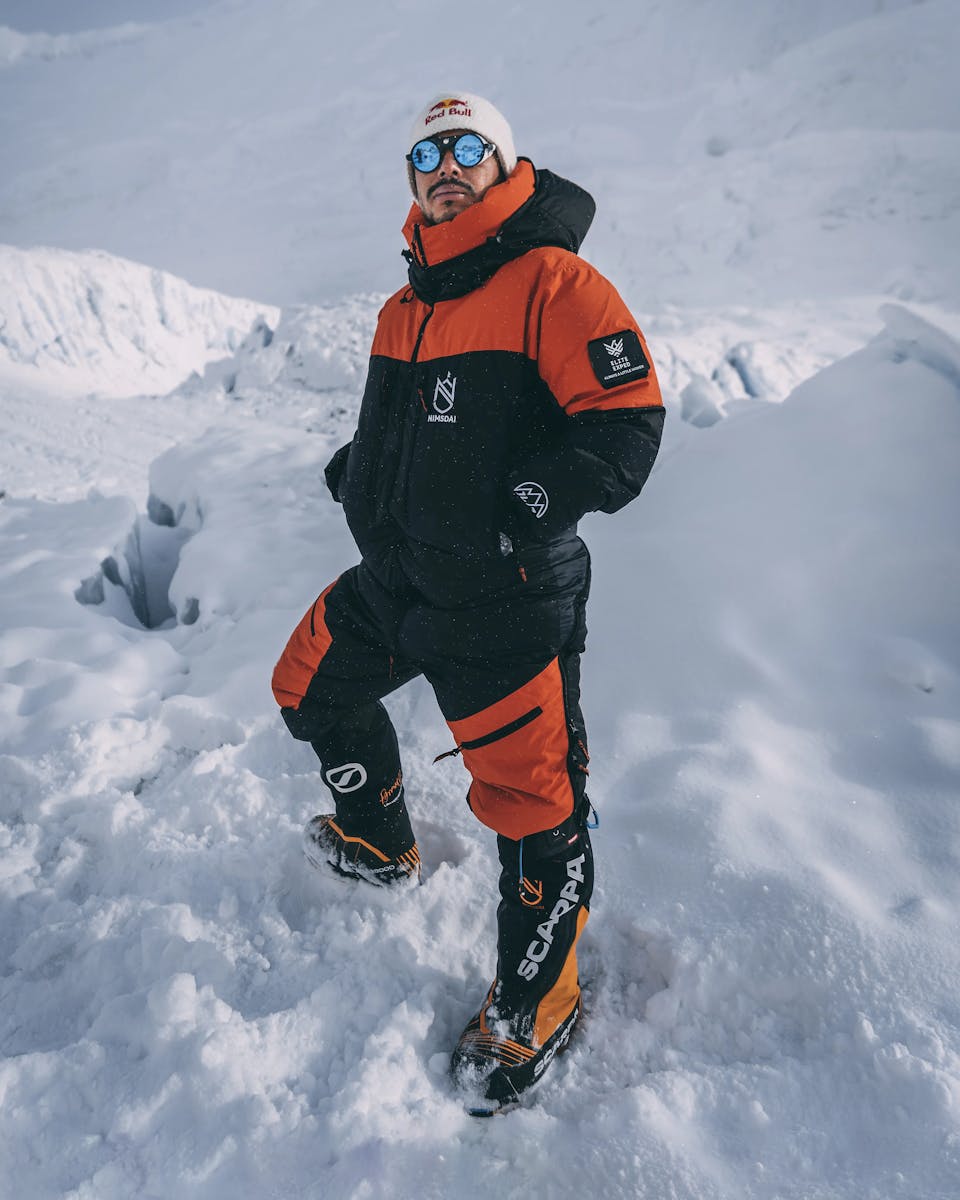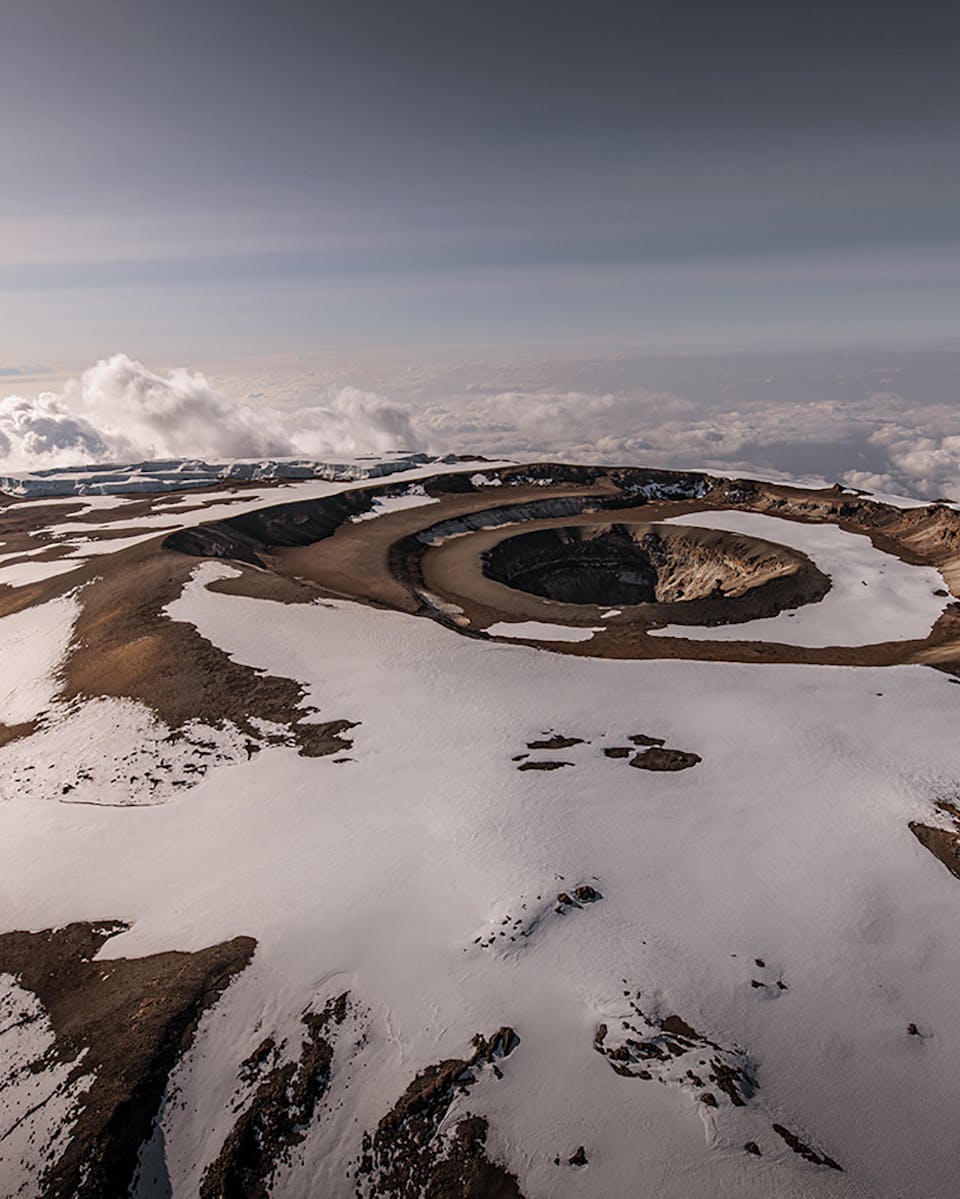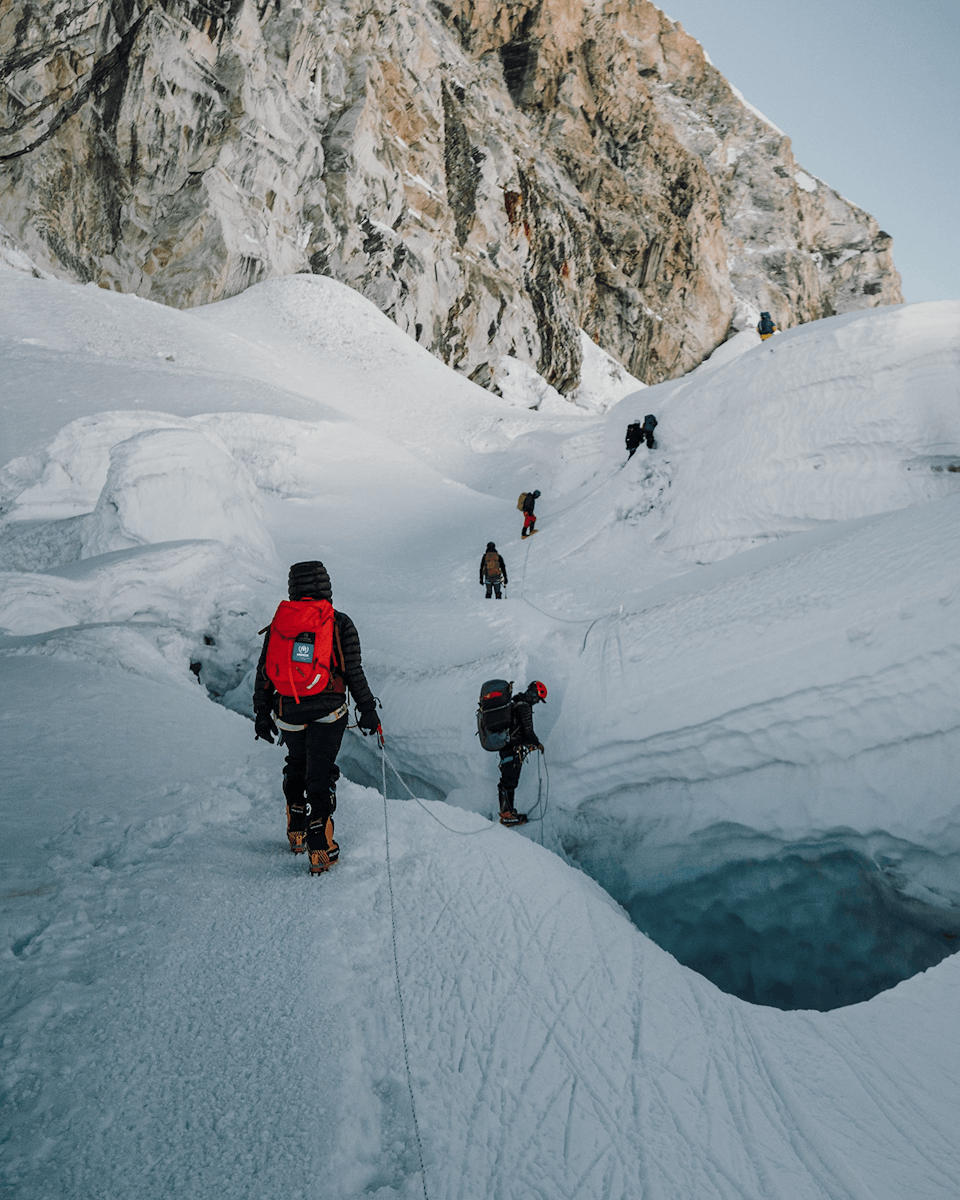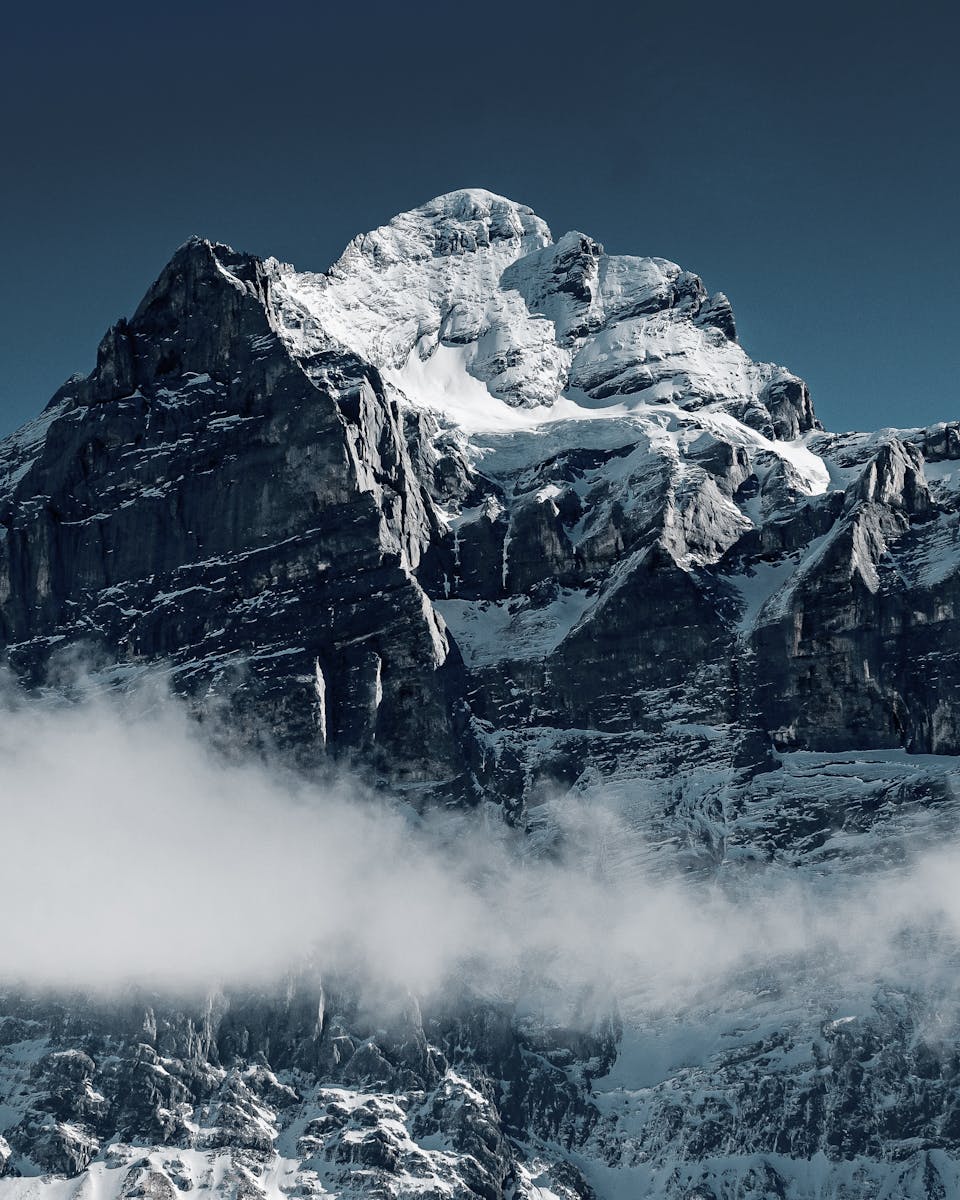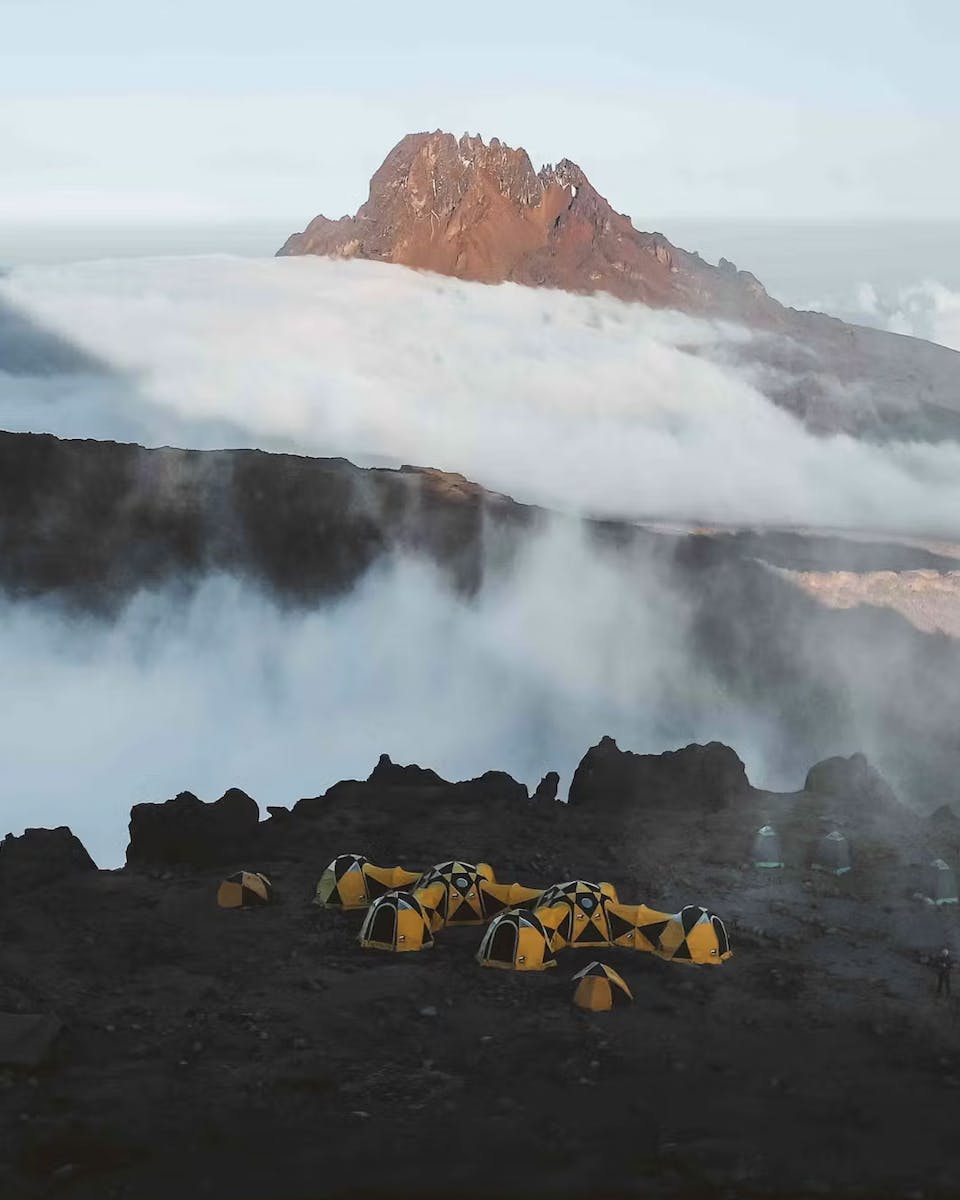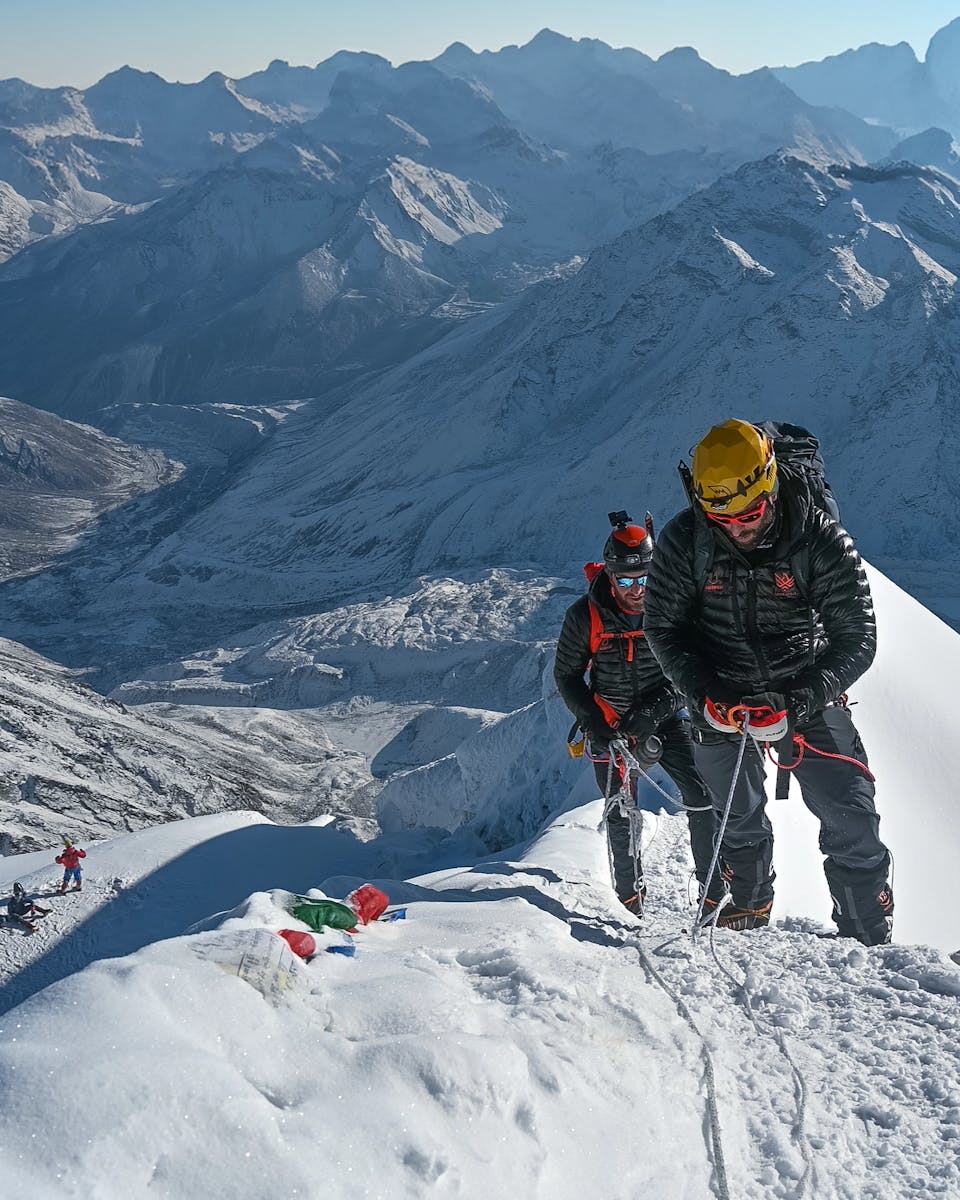Trekking Kilimanjaro is a test of endurance, a battle against the elements, and a confrontation with your limits. It’s a climb that demands respect and meticulous preparation, all made worth it by the panoramic views at the top of Uhuru Peak.
But how to prepare for a Kilimanjaro trek? This blog will cut through the noise and give you the essential intel on packing for your climb, the safety protocols that will make all the difference, and the altitude preparation that will give you the ultimate edge. Let’s get you summit-ready.

